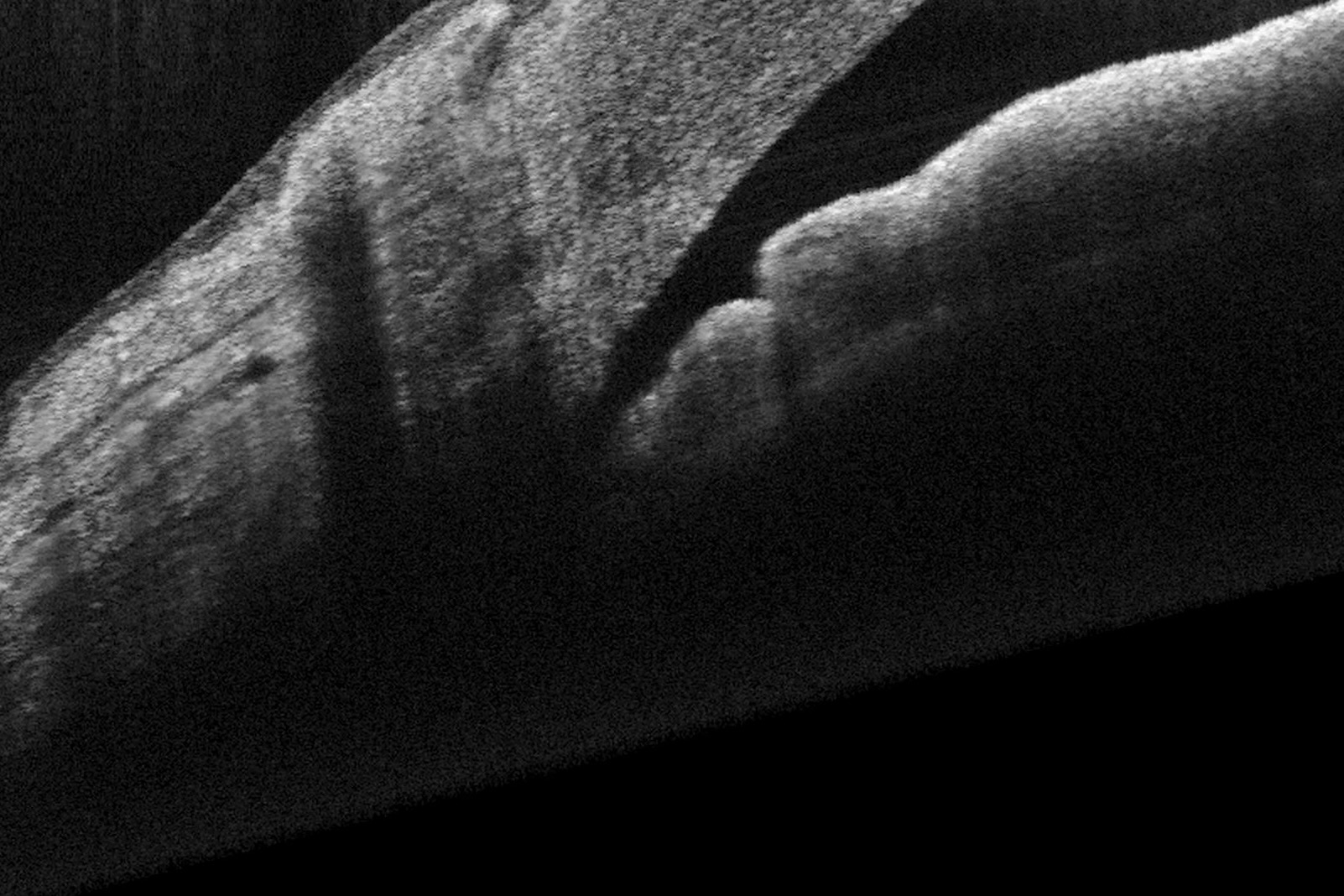Strabismus Surgery
Strabismus is the technical term for misaligned eyes, also known as “squint.” In children strabismus can interrupt the development of normal binocular vision, and can cause a cosmetic defect that may affect their social development.
In adults strabismus may cause a cosmetic defect, and strabismus that is acquired in late childhood or adulthood often causes double vision as well.
Causes of Strabismus
Most childhood squint is caused by a failure of development of normal eye movement control, and the underlying problems are still not fully understood. Squint can also be caused by problems with the nerves controlling the muscles that move the eye (eg oculomotor nerve paresis, Duane Retraction Syndrome), or by diseases that affect the extra-ocular muscles themselves (eg thyroid disease).
Some kinds of strabismus can be treated with glasses, and some kinds do not require treatment, but most forms of strabismus will not improve without surgery. A majority of patients are able to be managed with a single operation, but some patients require more than one procedure.


Assessment Before Surgery
Pre-operative assessment involves reviewing your general medical history, including current medications and previous drug allergies, as well as a full eye assessment.


Surgical Technique
During strabismus surgery the muscles that attach to the eyes are operated upon, and either weakened (recession, disinsertion or myotomy), tightened (resection or plication), or moved (transposition). An incision is made in the conjunctiva to get access to the muscles. The eye is not penetrated and remains in its socket. Most sutures used in strabismus surgery are absorbable, and sutures generally do not require removal.

Recovery from Surgery
Children having strabismus surgery usually go home within a few hours, and can usually return to school, kindy or day-care within a few days. Regular Paracetamol or Ibuprofen is helpful for the first day or so, but if your child requires stronger pain relief you should contact Dr Forrest. It is normal for there to be redness and swelling at the surgical site, and this usually resolves over the next 2 weeks. Dr Forrest uses an adjustable suture technique for adults and older children. Your ocular alignment is assessed after surgery (most often after a few hours, but sometimes the next day) and the position of the muscles may be fine-tuned before you leave the hospital. You may take the next few days off work, but most people can return to work in less than 10 days.
Possible Complications of Strabismus Surgery
With modern surgical techniques the risk of complications in strabismus surgery is very low. The most common problem that may occur is that there may still be a misalignment afterwards. This can happen around 10-20% of the time, depending on how complex the case is.
Serious complications are rare, but may include:
- Complications of general anaesthesia (around 1 in 240 000 in Queensland)
- Infection around the eye in the eye socket
- Infection inside the eye (endophthalmitis) which may lead to loss of vision in the operated eye; this is extremely rare, estimated at around 1 in 30 000 strabismus procedures
- Retinal detachment
Double vision can occur in older children and adults, and is usually temporary.


